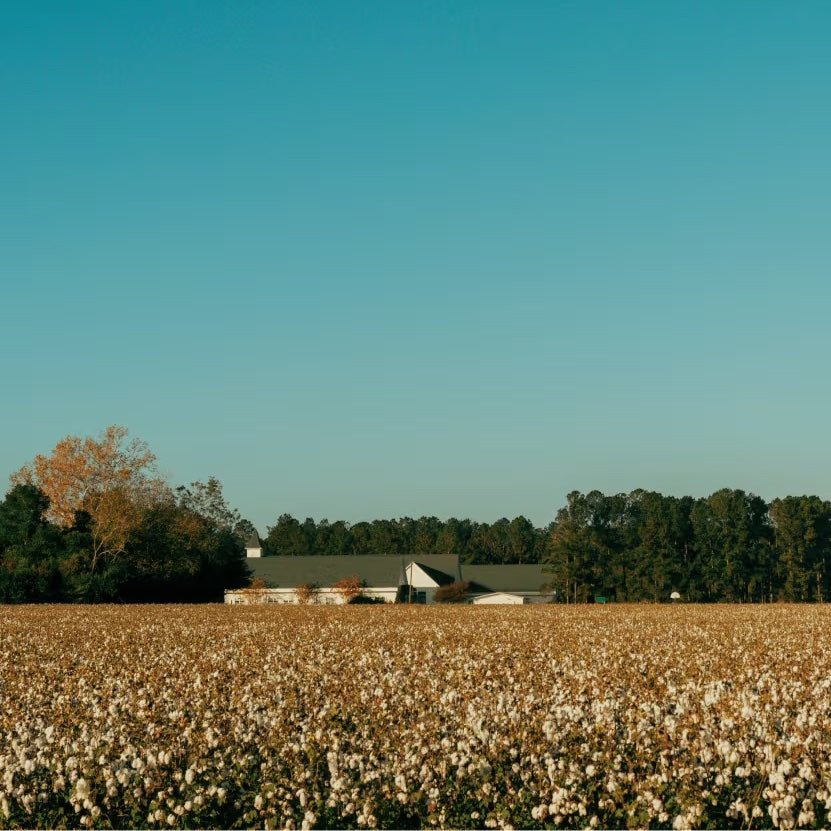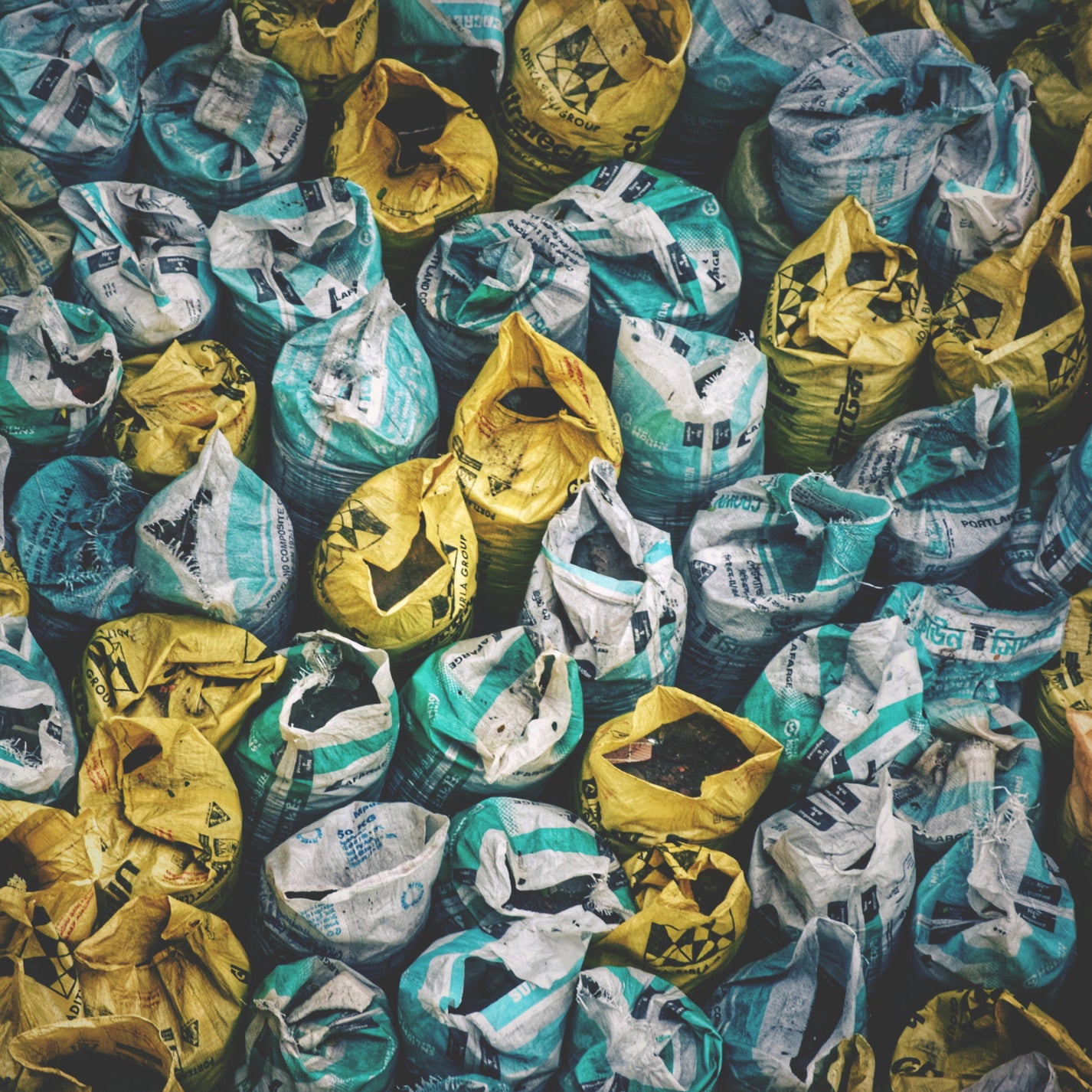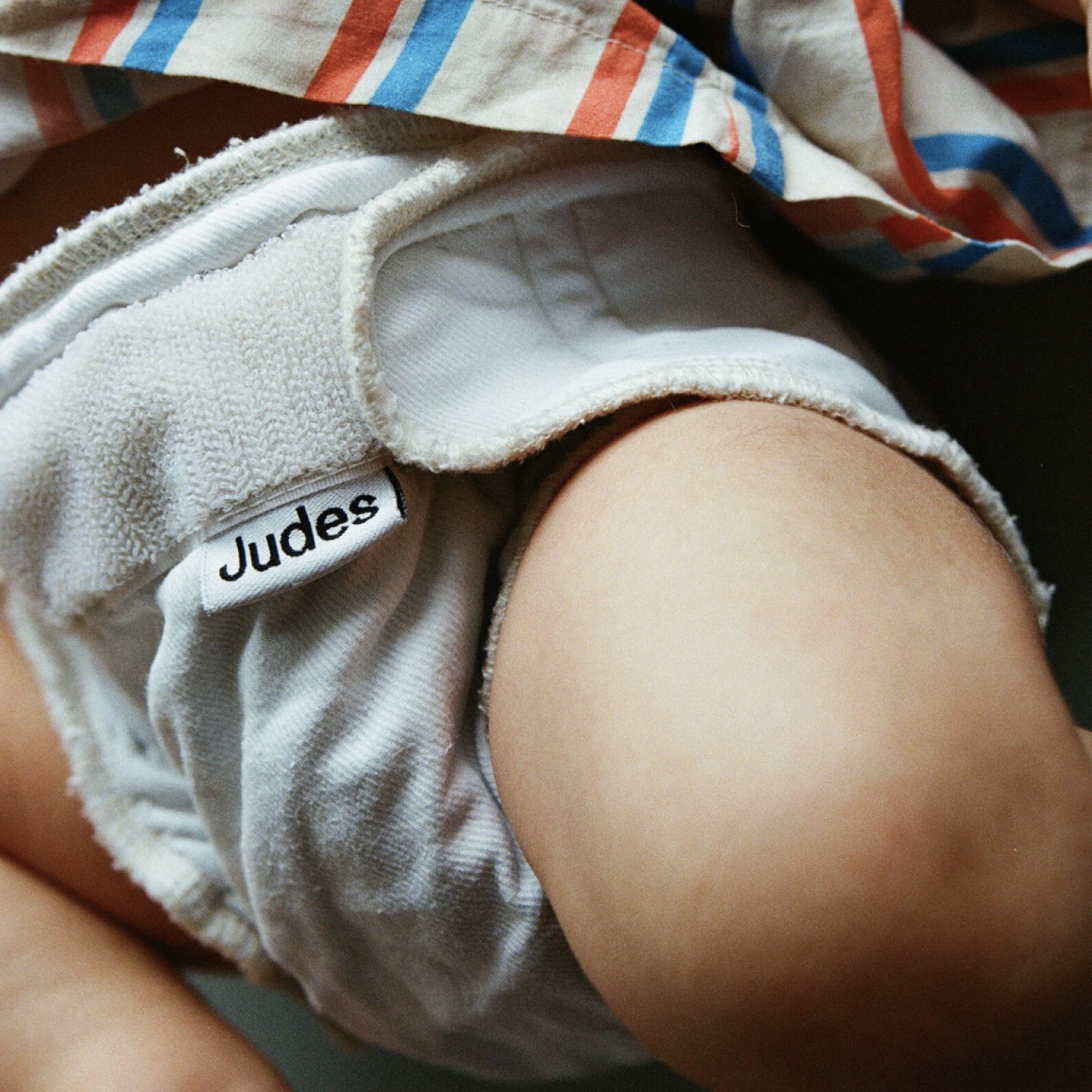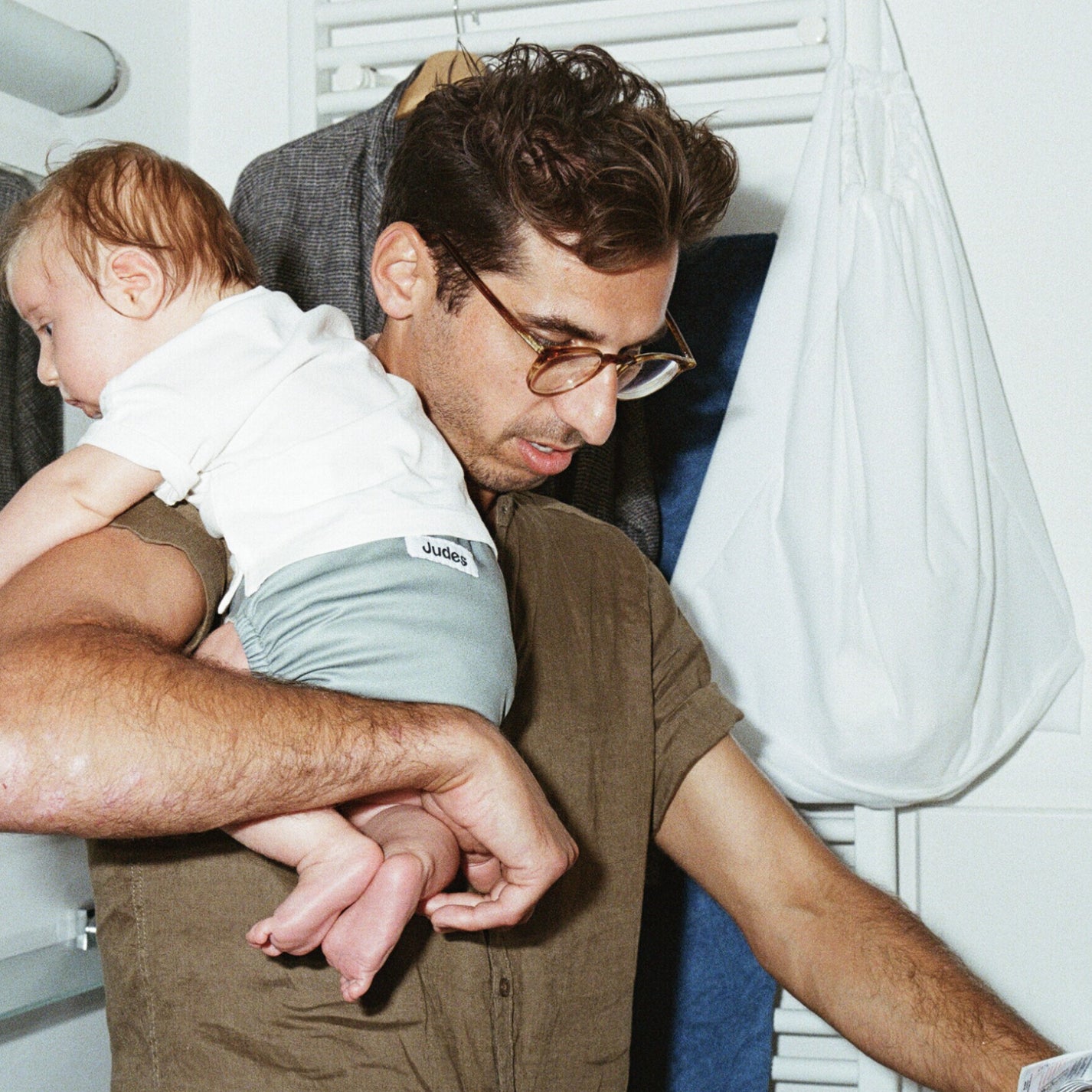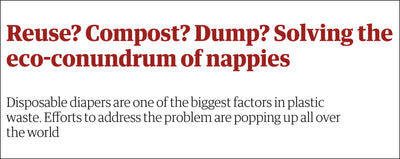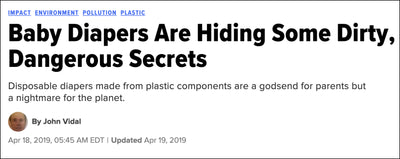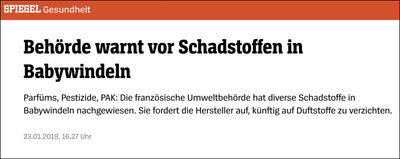More Details on the Environmental Disaster of Disposable Diapers
If you want to know exactly what happens to disposed disposable diapers and what that means for future generations, you can find more details here (including sources):
Disposable diapers cannot be recycled and therefore end up in the residual waste. They represent a significant portion of the residual waste in Germany. On average, each child requires between 5,000 to 6,000 disposable diapers, which amounts to approximately 1 ton of diaper waste that cannot be recycled. That constitutes about 10% of the household waste in Germany (Source: BUND Naturschutz).
Residual waste is incinerated in waste-to-energy plants. Various residues such as ash and slag are produced during combustion. They are classified as hazardous waste because they are dangerous for the environment and human health. They must be disposed of in a special and safe way to prevent damage.
The disposal of hazardous waste in Germany is carried out using various methods:
Underground disposal: This includes storage in former mines and other underground facilities. The Herfa-Neurode underground landfill (UTD), established in 1972, plays a significant role. It is the world's largest underground toxic waste landfill. 3.5 million tons of hazardous waste is currently stored there over an area of more than 18 square kilometers (more than twice the size of Venice's city area). Included are 690,000 tons of waste containing dioxins and furans, for example, remaining from municipal waste incineration. The waste stored in Herfa could potentially poison the entire human population. Environmentalists consider such storage to be a security risk for the environment. In 2016, hazardous waste caught fire in one of the mine shafts. It was extinguished by walling up the shaft. Moreover, water could eventually seep into the salt mine - then the security of the hazardous waste would no longer be controllable. With the current rate of waste deposition, the landfill can continue to accept toxic waste for another 60 years before it is full. The plan is then to close it permanently. The management of the underground landfill believes that no more surveillance of the mine will be necessary. However, it is clear that at the latest in a few thousand years, the toxic masses would be released from the mine solely by natural forces.
Environmentalists view this storage as a security risk to the environment. In 2016, hazardous waste began to burn in a shaft. It could be extinguished by bricking up the shaft. Also, water might someday penetrate the salt mine - then the securing of the hazardous waste would no longer be controllable. At the current rate of waste input, the landfill could take another 60 years of toxic waste before it is full. The plan is, then, for it to be permanently closed. The management of the underground landfill is of the opinion that no further monitoring of the mine will be necessary. However, it is clear that, at the latest in a few thousand years, the toxic masses would be released from the mine through natural forces alone (Sources: Süddeutsche Zeitung; Tagesschau; Deutschlandfunkkultur; Hessenschau).Export: In addition, a portion of hazardous waste is exported to other countries. Before 2018, China imported large quantities of waste from Germany. But the waste brought with it significant environmental problems, leading the country to stop the import. Consequently, exporters from Germany sought new destinations. South East Asia was particularly affected. Greenpeace found German plastic waste in uncontrolled landfills in Malaysia and Indonesia, but also in Turkey. This illustrates how the global waste problem is being shifted rather than solved (Source: Greenpeace).
Chemical Treatment and Stabilization: Some combustion residues can be treated by chemical processes to neutralize or stabilize contained pollutants. This reduces the risk of environmental contamination in case the materials are later disposed of or reused.
Not only do all processes pose risks to the environment and health but they also incur significant costs for society, especially for future generations. Thus, the final storage in Herfa currently costs approximately 260€ per tonne. The costs are increasing each year.



